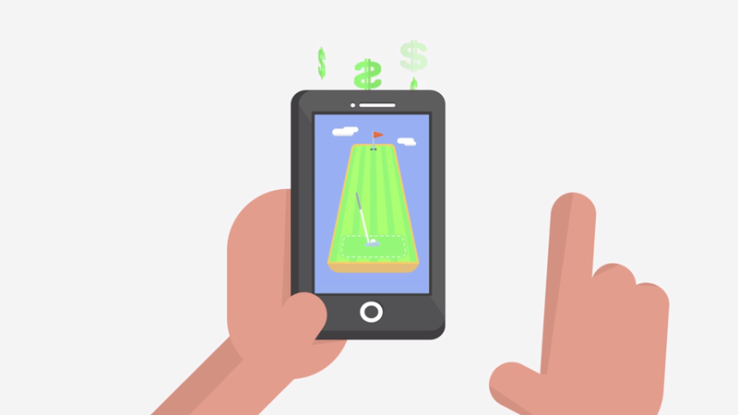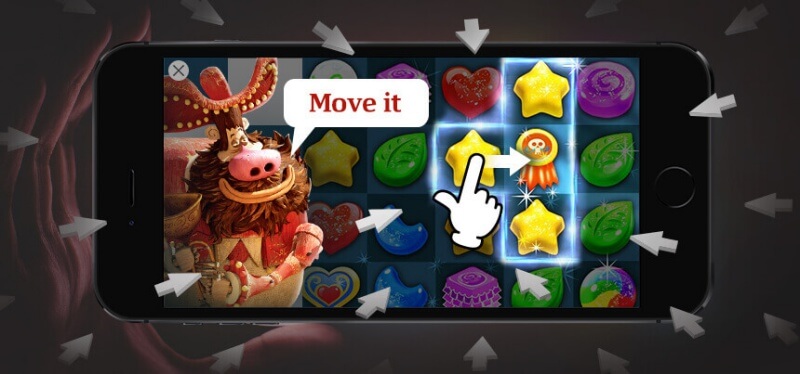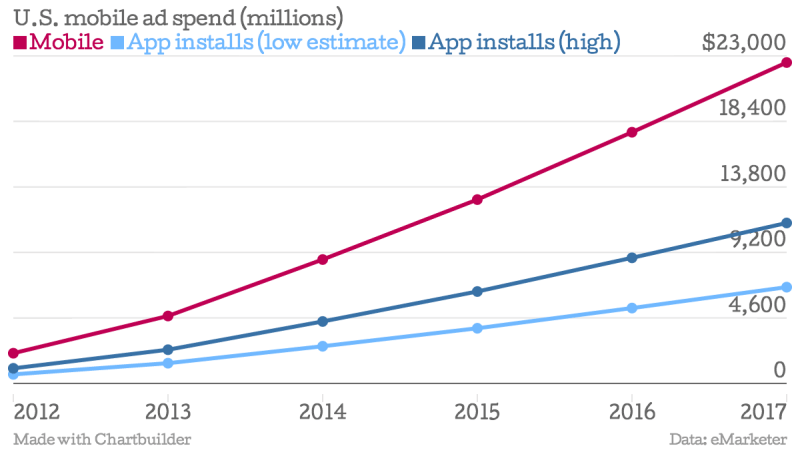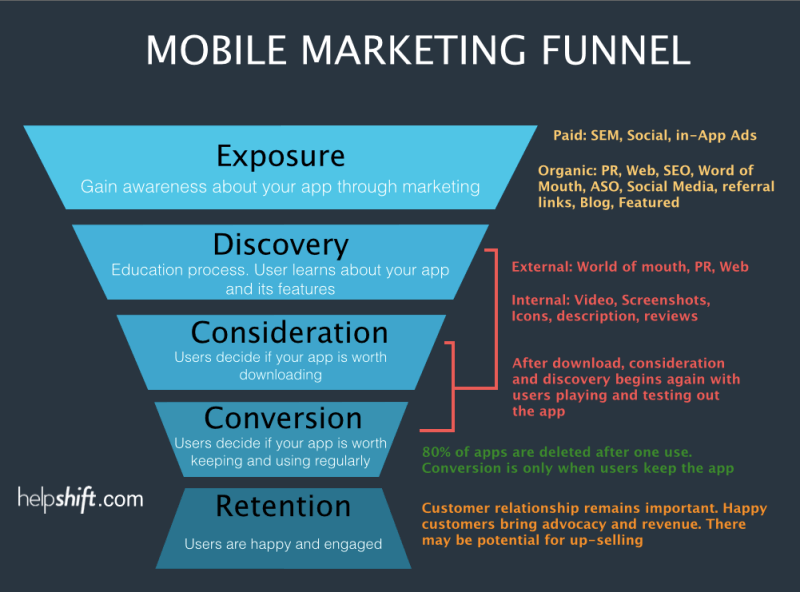How to work effectively with the Playable ads ad format: five common mistakes
- Transfer

Playable ads is an interactive demo version of the game embedded in ads, in other words, ads that can be played. Despite the fact that playable ads are a rapidly growing phenomenon, many are still mistaken when working with this format - before, during and after launch. We have compiled a list of the five most common mistakes for the benefit of advertisers, publishers and developers.
Mistake # 1: You are too focused on the entertainment part and lose sight of the big picture.
Often brands and developers are extremely excited by the very idea of playable ads. Each brainstorming session is devoted only to the entertainment part of advertising. Everyone is trying to create a gaming experience from scratch, forgetting that in fact, all that a user needs is just a little fun.
As soon as it comes to the real goals of advertising, not everyone is in a hurry to study the issue in detail. Many fall into a stupor when it comes to all these boring numbers, such as attitudes, CPI, CTR, profitability, sales funnel, and so on. Remember: if you run a campaign with playable ads in HTML5 format, this is pure marketing. Consequently, metrics matter.
The goal of each playable ad is to get the app installs as cheap as possible. If brands spend millions of dollars each month on advertising, the playable format should justify such an expense and provide an adequate number of downloads.
Installation is more important than advertising in itself. Shift your focus and draw conclusions about what types of playable creatives work better than others.

Mistake # 2: You are not testing the final message for the user.
The last message is very important. An incorrect message may deprive you of a potential installation. One boring screen - and your CTR will fall.
Take the time to A / B test the final post creative. Test every element, including text, pictures, buttons, and animations. Add localization here - and you will see how many options are added to the standard message.
For each A / B test, a very small advertising budget is spent, however, tests help determine in advance which creative works best. Once the best creative is found - burn! Run a campaign and constantly monitor the ROI of each installation.

Mistake # 3: You are not optimizing your first user experience (FTUE)
The First Time User Experience (FTUE) or the first user experience is the first action that the user has performed since the start of the playable ad.
There are many examples of non-optimized FTUEs, from slow loading times to obscure instructions for players.
Successful playable ads load very quickly. Every kilobyte of creativity matters. Get rid of animated loading screens, unnecessary features and get down to business right away. Thus, you immediately direct the user to action - he will start playing because he was asked about it.
Imagine a mobile user playing a puzzle on the phone. He / she sees an in-game pop-up advertisement with a built-in game (possibly due to the reward that he / she is trying to get). When the advertisement is already activated, the user's fingers inertia look for something to click on. Cool animation is the last thing the user wants to see. Believe me, everyone has already seen a huge amount of rewarded video with cool animations. The user wants action - and wants to stay in his game world that you invaded with advertising.
Once you understand FTUE, the next step is to optimize it. Here it is worth considering such user actions as clicking, capturing / resetting an object, swiping, and so on. As a rule, a winning FTUE revolves around the simplest actions - pressing or capturing / resetting an object.

Mistake # 4: You don’t have enough budget.
This part is more about brands, but it’s good for developers to know about financial pitfalls.
To succeed in playable ads, brands have to spend an impressive portion of the marketing budget on this format. The time has passed when 1000 dollars a day was enough. Today, sometimes 100 thousand dollars a month is not enough, especially if the brand operates in a highly competitive industry.
Reason A: Competitors with larger budgets offer much higher prices for attracting the attention of users. Thus, their playable ads will appear instead of yours.
Reason B: The larger the advertising budget, the more data you can collect. Therefore, you can understand whether the playable ads format worked on a scale or not.
We recommend that you research your niche carefully before developing playable ads. In the case of playable ads, avoid competition on an equal footing with applications from the top 10 in terms of profit - for both iOS and Android. Instead, try differently distributing the budget in terms of demography, aim for different applications, and so on.

Mistake # 5: You don’t think about the marketing funnel as a whole.
Advertising is playable - it's not just advertising. You can’t just give playable ads on a contract to an agency and wash your hands - gloomy statistics will be waiting for you.
Successful campaigns for playable ads take into account everything: from development to A / B testing and launch, further iterations and measurement of indicators at each stage of the marketing funnel. Professionals record much more complex events after the application is installed - this helps them determine, for example, what revenue a future installation can actually give. It is often possible to predict that 1 dollar of advertising costs can generate revenue of 4 dollars, which is equivalent to 300% ROI.
Conclusion: do not take playable ads as a mini-game and just a fun format with which you can diversify the user experience. Use metrics, conduct tests, spare no budgets - and playable ads will work at full capacity and become one of the most effective advertising formats for your applications.
Caption Source - TechCrunch
